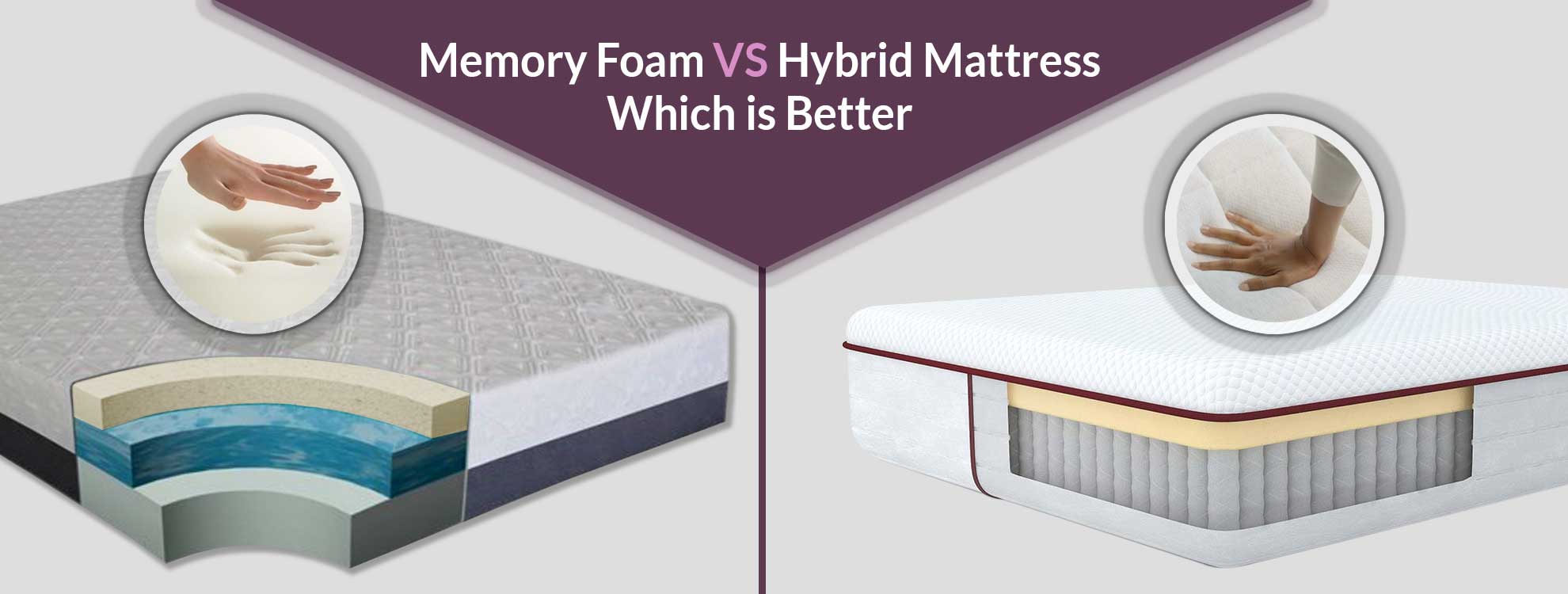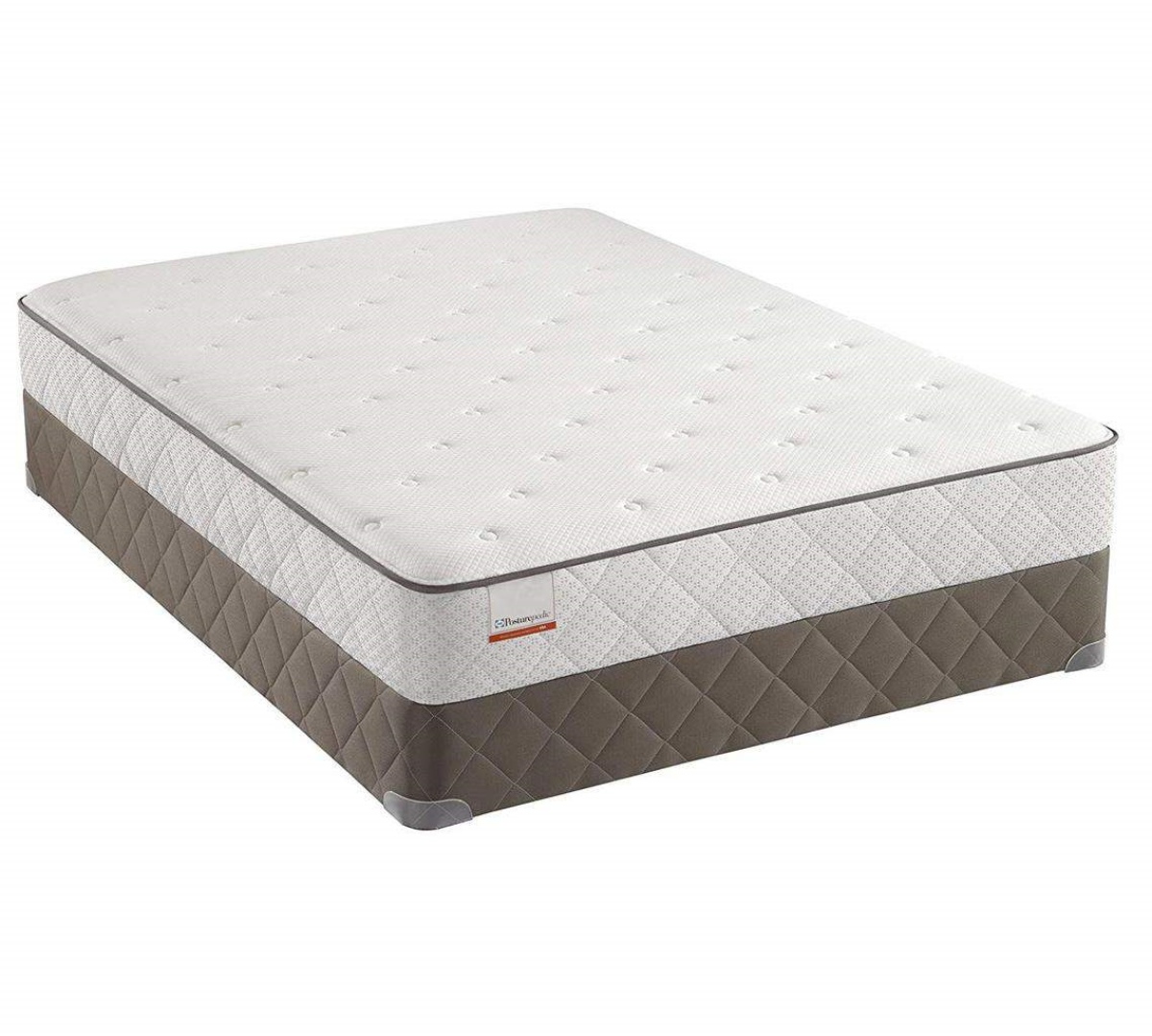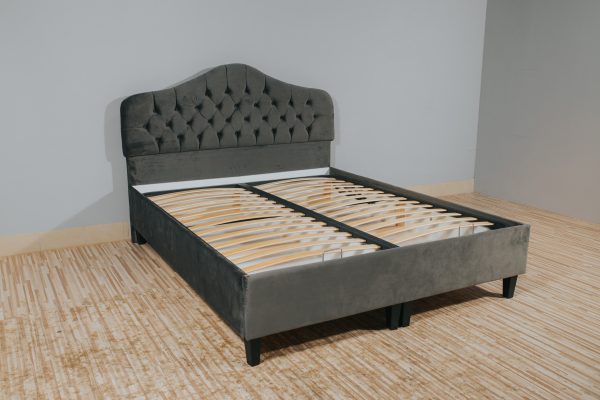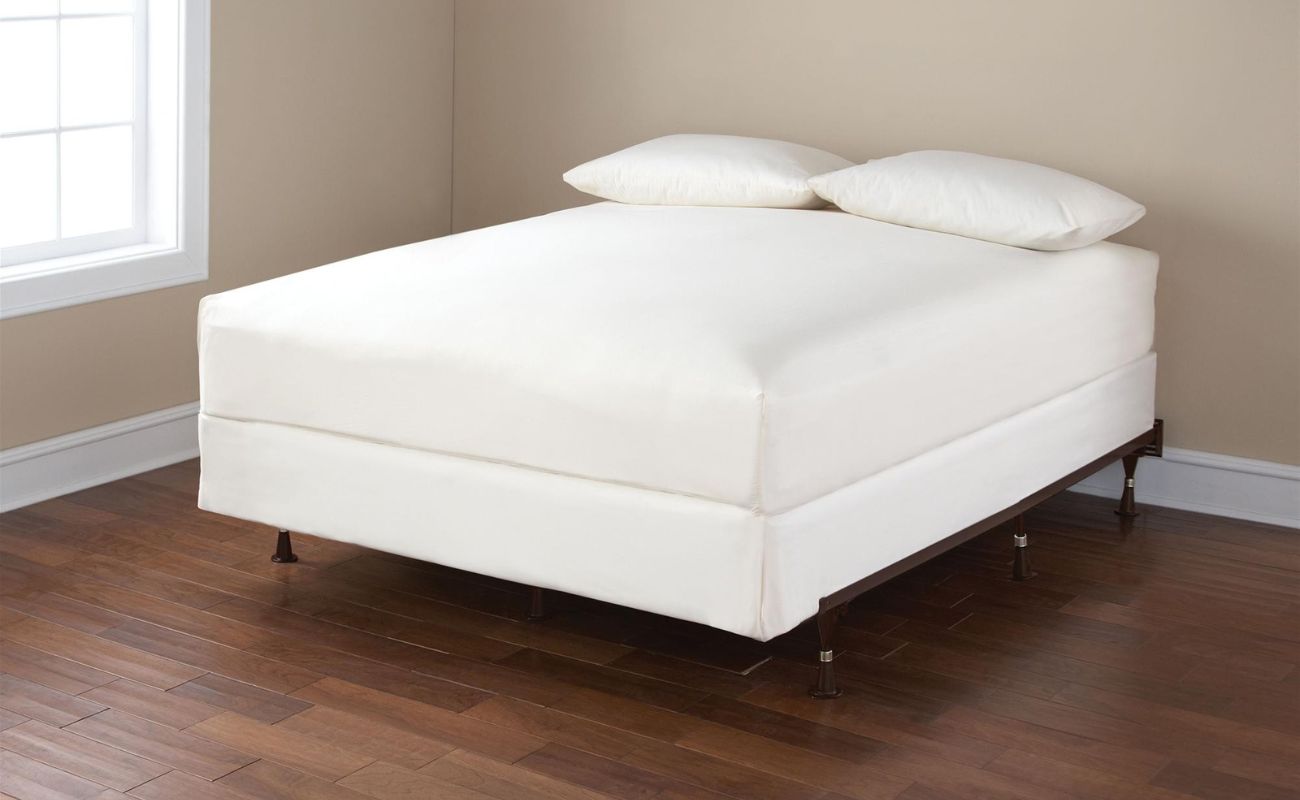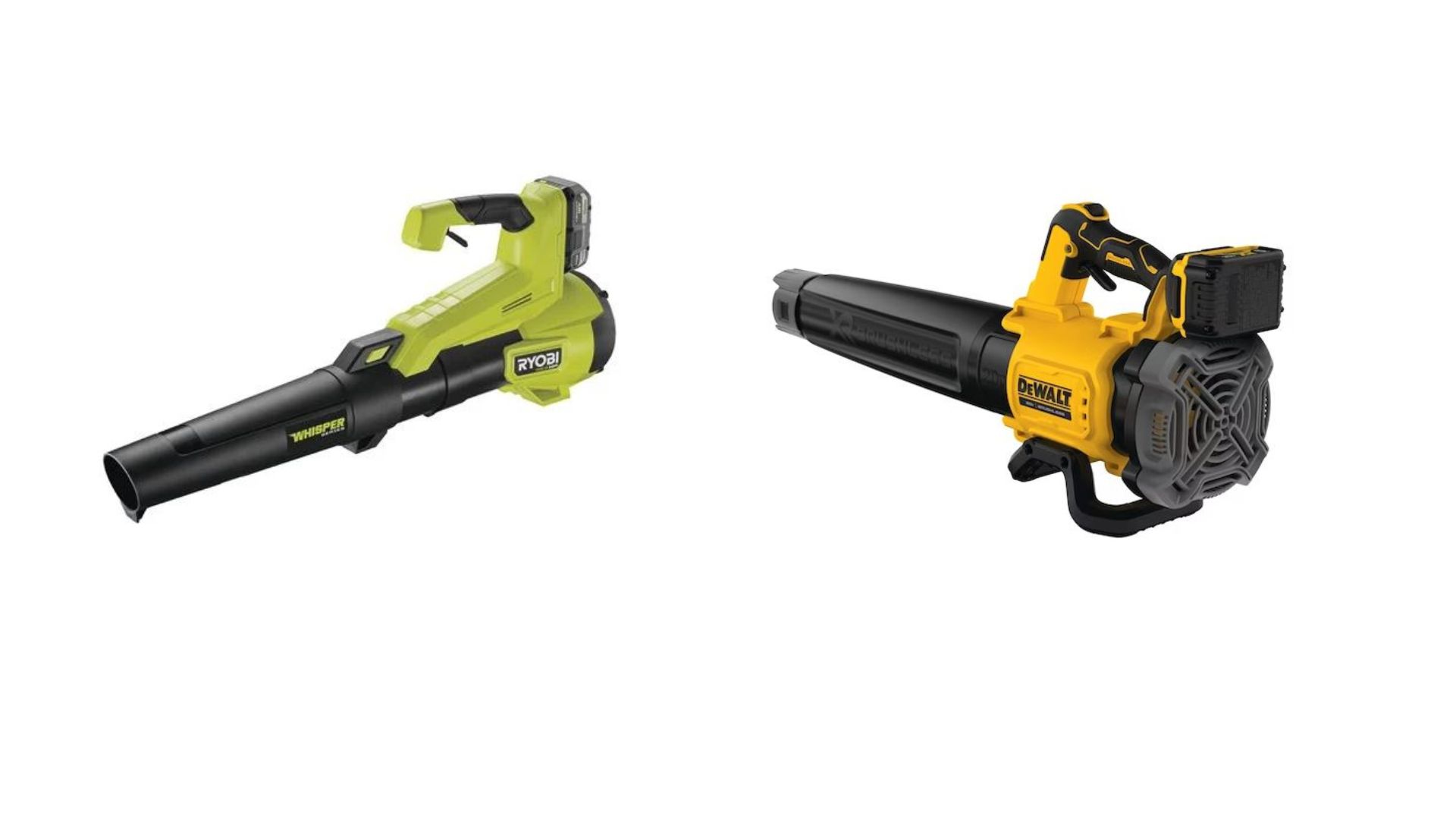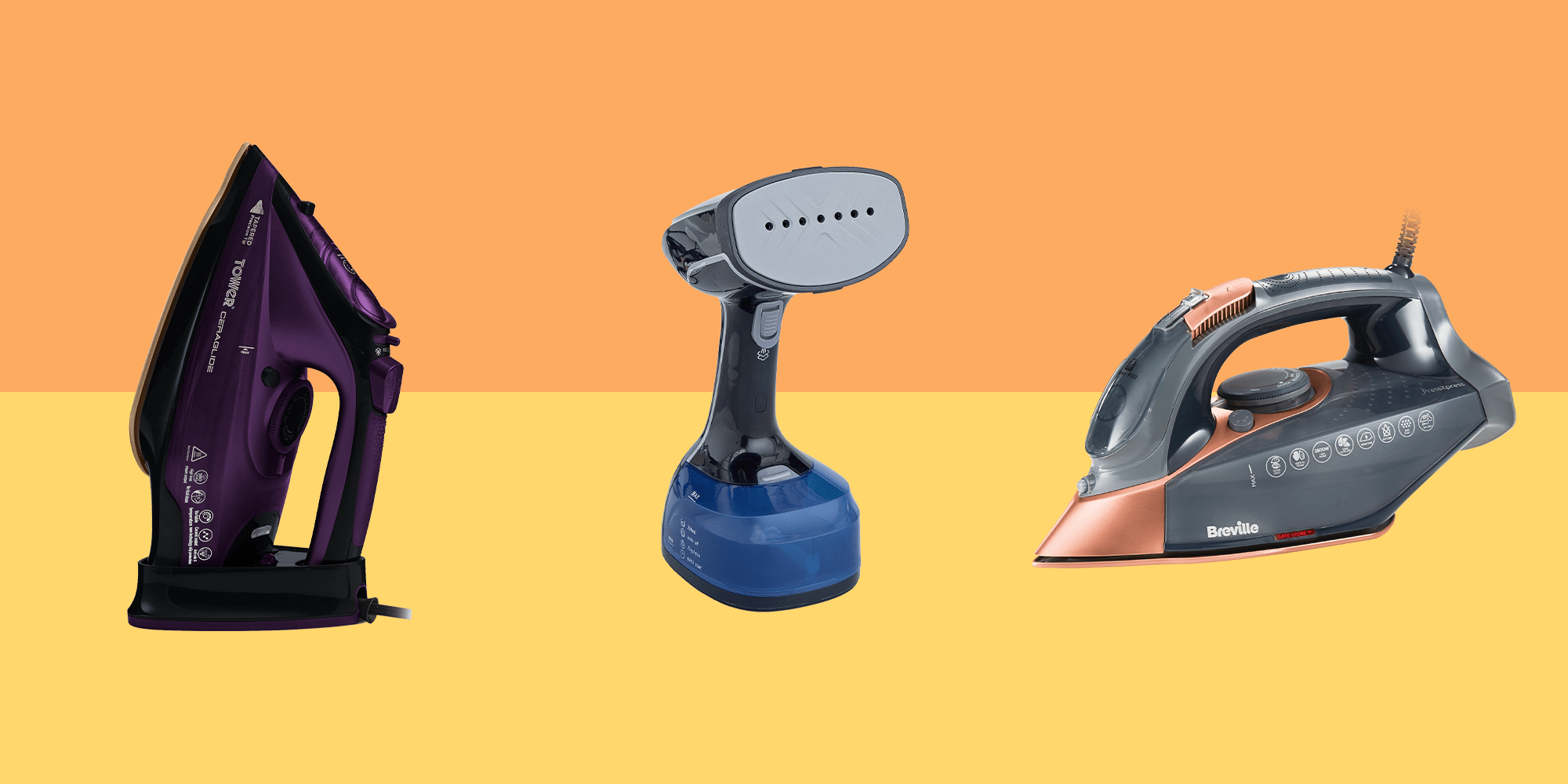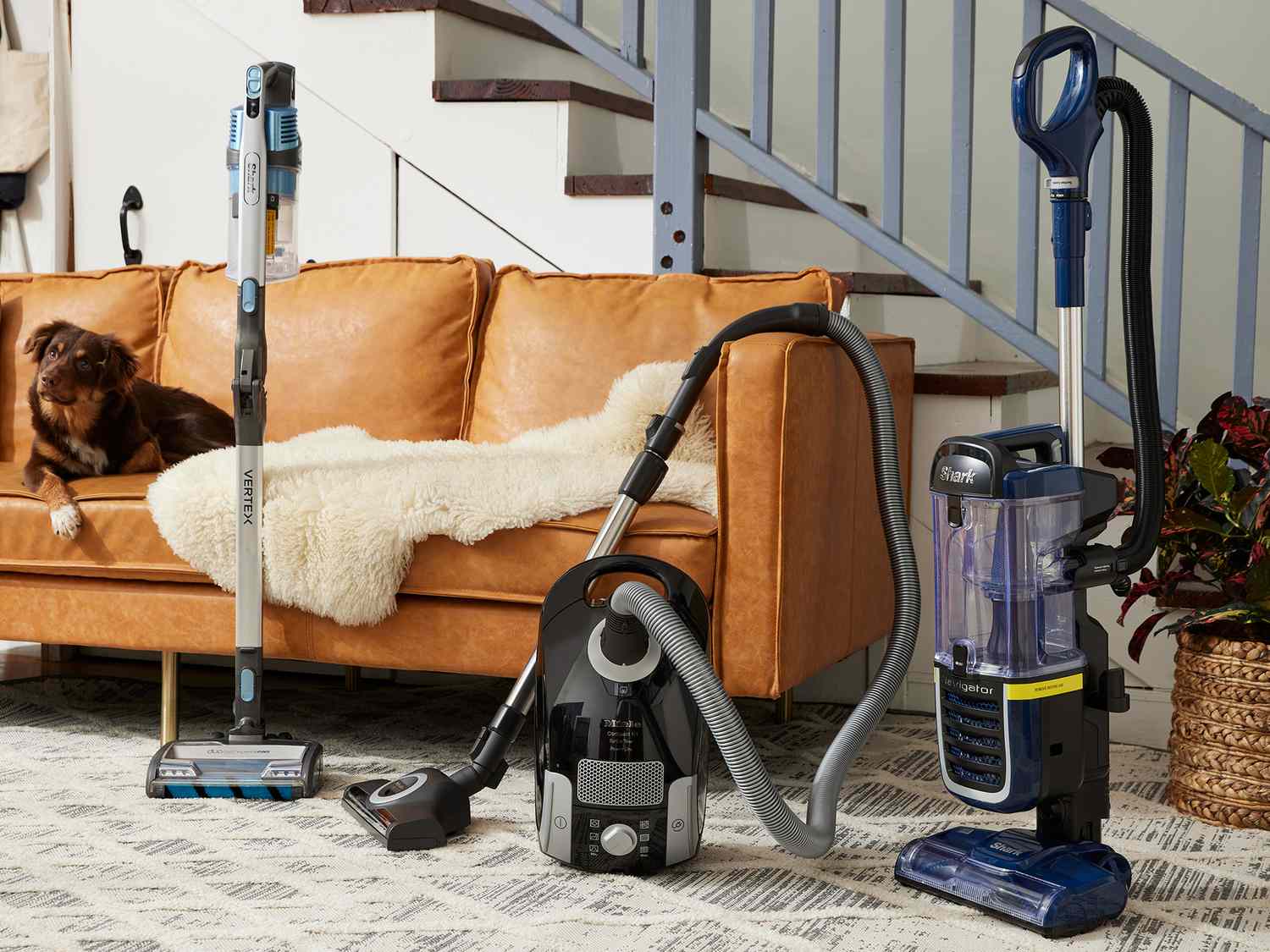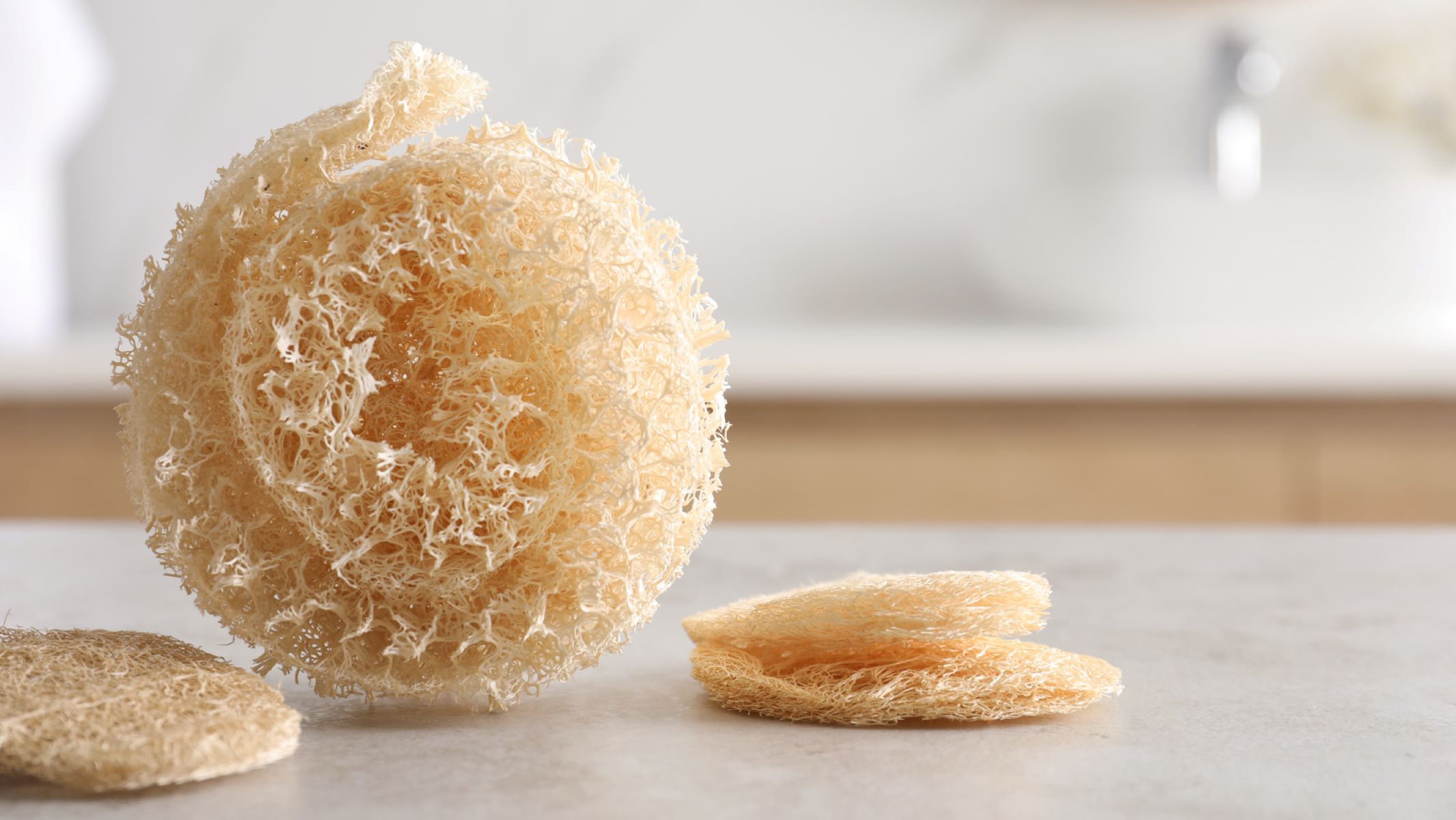Home>Furniture>Bedroom Furniture>Which Is Better: Spring Or Foam Mattress
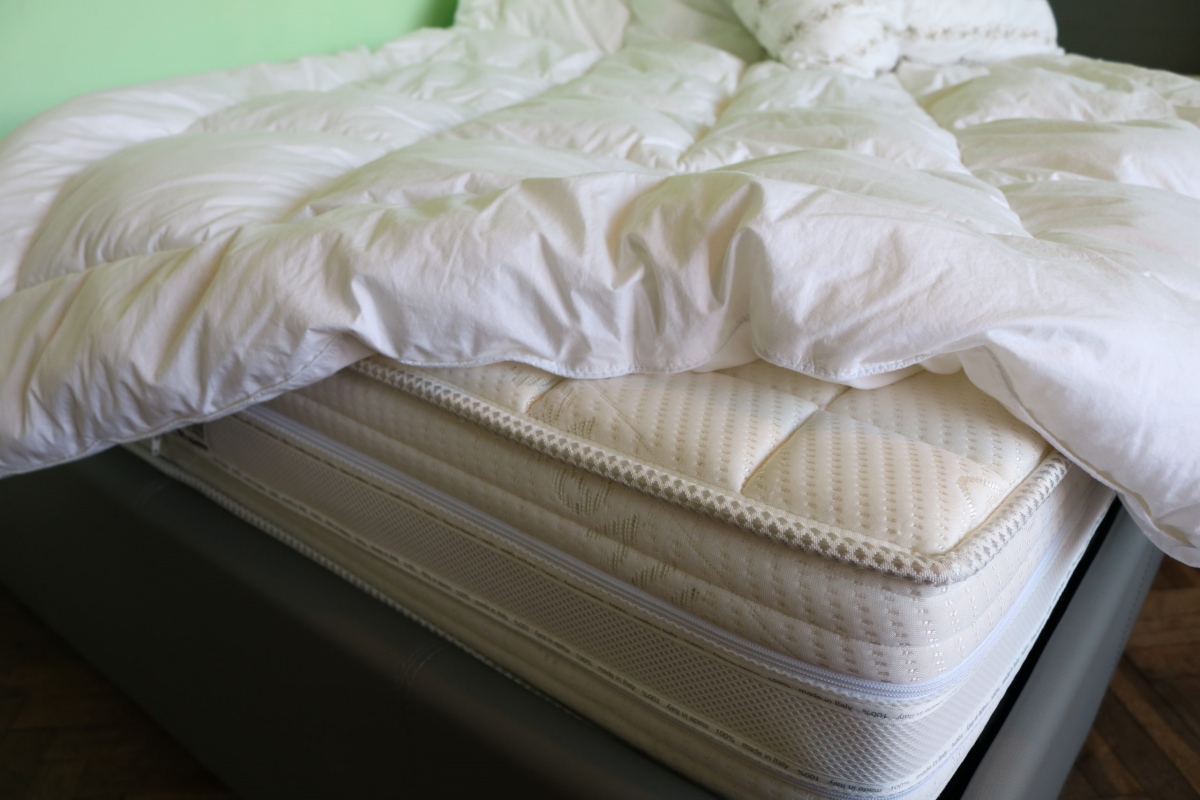

Bedroom Furniture
Which Is Better: Spring Or Foam Mattress
Modified: October 18, 2024
Discover the pros and cons of spring and foam mattresses for your bedroom furniture. Find out which one is better suited for your sleeping needs.
(Many of the links in this article redirect to a specific reviewed product. Your purchase of these products through affiliate links helps to generate commission for Storables.com, at no extra cost. Learn more)
Introduction
When it comes to choosing a mattress, one of the biggest decisions you’ll need to make is whether to opt for a spring mattress or a foam mattress. Both types have their own unique characteristics and advantages, so it’s important to understand the differences between them before making your choice.
Your mattress plays a crucial role in providing support and comfort as you sleep, and it can significantly impact your overall sleep quality. With that in mind, let’s delve into the various factors to consider when deciding between a spring mattress and a foam mattress.
Key Takeaways:
- Choosing between a spring and foam mattress depends on personal preference, comfort needs, health concerns, and budget. Test different options and prioritize your sleep quality for a restful night’s sleep.
- Consider factors like comfort, support, durability, motion transfer, temperature regulation, allergies, and cost when deciding on a mattress. Invest in a high-quality, reputable brand for a rejuvenating sleep experience.
Read more: Which Is Better Memory Foam Or Gel Foam
Comfort and Support
Comfort and support are two key factors to consider when choosing a mattress. Spring mattresses are known for their firmness and bounce, which can provide excellent support for those who prefer a more traditional mattress feel. The coil system in a spring mattress offers support by distributing weight evenly across the surface.
On the other hand, foam mattresses are designed to contour to your body, providing customized support and pressure relief. They are made of different layers of foam, such as memory foam or latex foam, which adapt to your body shape and help align your spine. This can be beneficial for those with back pain or joint issues.
The choice between spring and foam mattresses ultimately comes down to personal preference. Some people find the firmness and responsiveness of a spring mattress more comfortable, while others prefer the contouring and pressure-relieving qualities of a foam mattress. It’s important to test out both types and choose the one that feels most comfortable and supportive for your body.
Durability
When investing in a mattress, it’s essential to consider the durability of the product. After all, you want your mattress to last for a long time and provide consistent comfort and support throughout its lifespan.
In terms of durability, spring mattresses have a reputation for being long-lasting. The coil system in these mattresses is designed to withstand years of use without losing shape or support. However, over time, the coils may start to sag or lose their firmness, which can affect the overall comfort.
On the other hand, foam mattresses are known for their durability as well. High-quality foam materials, like memory foam or latex foam, can retain their shape and support for a considerable period. However, it’s important to note that the lifespan of a foam mattress can depend on factors like the density of the foam and the overall quality of materials used.
To ensure the durability of your mattress, regardless of whether it’s a spring or foam mattress, it’s crucial to look for reputable brands and models with positive customer reviews. Additionally, proper care and maintenance, such as regularly rotating the mattress, using a mattress protector, and avoiding excessive weight on the mattress, can help prolong its lifespan.
Motion Transfer
If you share your bed with a partner, motion transfer becomes an important consideration. Motion transfer refers to how much movement is felt on one side of the mattress when the other side is in motion.
Spring mattresses tend to have more noticeable motion transfer compared to foam mattresses. This is due to the interconnected coil system, which can transmit movement from one coil to another. As a result, when your partner moves or gets out of bed, you may feel the vibrations on your side, potentially disrupting your sleep.
Foam mattresses, particularly those with memory foam, are renowned for their ability to isolate motion. The foam absorbs and dampens movement, preventing it from transferring across the surface. This can be ideal for couples or individuals who are easily disturbed by their partner’s movements during the night.
If motion transfer is a significant concern for you, opting for a foam mattress can provide a more peaceful and undisturbed sleep experience.
When choosing between a spring or foam mattress, consider your sleeping preferences. If you prefer a firmer, more supportive feel, a spring mattress may be better. If you prefer a softer, more contouring feel, a foam mattress may be the better choice.
Temperature Regulation
Temperature regulation is an important factor to consider, as it can greatly impact your comfort while you sleep. Both spring and foam mattresses have different characteristics when it comes to temperature control.
Spring mattresses tend to provide better airflow due to their open coil structure. The gaps between the coils allow for better ventilation, which can help dissipate heat and keep you cool throughout the night. However, some individuals may find that spring mattresses can be less effective at providing insulation in colder environments.
On the other hand, foam mattresses, especially those with memory foam, have the potential to retain more heat due to their dense and conforming nature. However, advancements in foam technology have led to the development of gel-infused foam or open-cell foam, which allow for better airflow and heat dissipation. These features help regulate temperature and prevent overheating.
It’s important to note that individual preferences and body temperature can also play a role in how each type of mattress feels in terms of temperature. Personal factors, such as sleeping hot or cold and the climate you live in, can influence your experience.
If temperature regulation is a concern for you, consider factors such as the materials used in the foam mattress or the design of the coil system in a spring mattress to find the optimal balance of comfort and temperature control.
Read more: Which Foam Mattress Is The Best
Allergies and Sensitivities
If you have allergies or sensitivities, it’s important to consider how your mattress choice can affect your health and well-being.
Spring mattresses are generally hypoallergenic and less likely to accumulate allergens such as dust mites, mold, and pet dander. The open structure of the coils allows for better airflow, reducing the chances of moisture buildup and allergen accumulation. This can be beneficial for individuals with respiratory conditions or allergies.
On the other hand, foam mattresses, especially those with memory foam, may be more prone to trapping allergens. The dense foam layers can provide a cozy environment for dust mites and other allergens to thrive. However, many modern foam mattresses are made with hypoallergenic materials and antimicrobial properties, which can help mitigate these concerns.
If you have allergies or sensitivities, consider choosing a mattress with removable and washable covers to easily clean and sanitize the surface. Additionally, using hypoallergenic mattress protectors and regularly washing bedding can further reduce allergen exposure.
Ultimately, it’s important to prioritize your own health needs and take steps to minimize allergens in your sleeping environment, regardless of the type of mattress you choose.
Cost and Value
Cost is often a significant factor when choosing a mattress, and it’s important to find the right balance between your budget and the value you expect to receive.
Generally, spring mattresses tend to have a lower price range compared to foam mattresses. The traditional design and manufacturing process of spring mattresses make them more affordable for consumers. However, it’s important to note that the price can vary based on factors such as the quality of materials, brand reputation, and additional features.
Foam mattresses, especially those with memory foam or latex foam, often come with a higher price tag. This is because the production of foam mattresses involves more advanced technology and materials. However, foam mattresses are known for their durability and the potential for better sleep support and comfort, making them a valuable long-term investment.
When considering the cost and value of a mattress, it’s important to evaluate your individual needs and preferences. Factors such as your sleep position, body weight, and any specific health concerns can impact the value you derive from a particular mattress.
Take the time to research and compare different brands and models, read customer reviews, and consider factors such as warranty, return policies, and trial periods offered by manufacturers. Investing in a high-quality mattress that suits your needs and provides long-term comfort and support can be a worthwhile investment in your overall well-being.
Conclusion
Choosing the right mattress is crucial for a good night’s sleep and overall well-being. When deciding between a spring mattress and a foam mattress, it’s important to consider various factors to determine which option is best suited for you.
Spring mattresses offer firmness, bounce, and durability, making them a popular choice for those who prefer a traditional mattress feel. They provide excellent support and can be a more affordable option. However, they may have more noticeable motion transfer and can be less effective in temperature regulation.
Foam mattresses, on the other hand, conform to your body shape, provide customized support, and alleviate pressure points. They excel in motion isolation and temperature regulation, but they can come at a higher price point.
Ultimately, the decision between a spring mattress and a foam mattress depends on your personal preferences, comfort needs, any specific health concerns, and budget. It’s essential to test out different mattresses, consider factors like comfort, support, durability, motion transfer, temperature regulation, allergies, and cost to make an informed decision.
Regardless of your choice, remember to prioritize your own comfort and sleep quality. Invest in a high-quality mattress from a reputable brand, and don’t forget to maintain regular mattress care and hygiene to prolong its lifespan.
By carefully assessing your individual needs and considering the factors mentioned above, you can find the perfect mattress that provides the comfort, support, and sleep experience you desire for a restful and rejuvenating night’s sleep.
Frequently Asked Questions about Which Is Better: Spring Or Foam Mattress
Was this page helpful?
At Storables.com, we guarantee accurate and reliable information. Our content, validated by Expert Board Contributors, is crafted following stringent Editorial Policies. We're committed to providing you with well-researched, expert-backed insights for all your informational needs.
